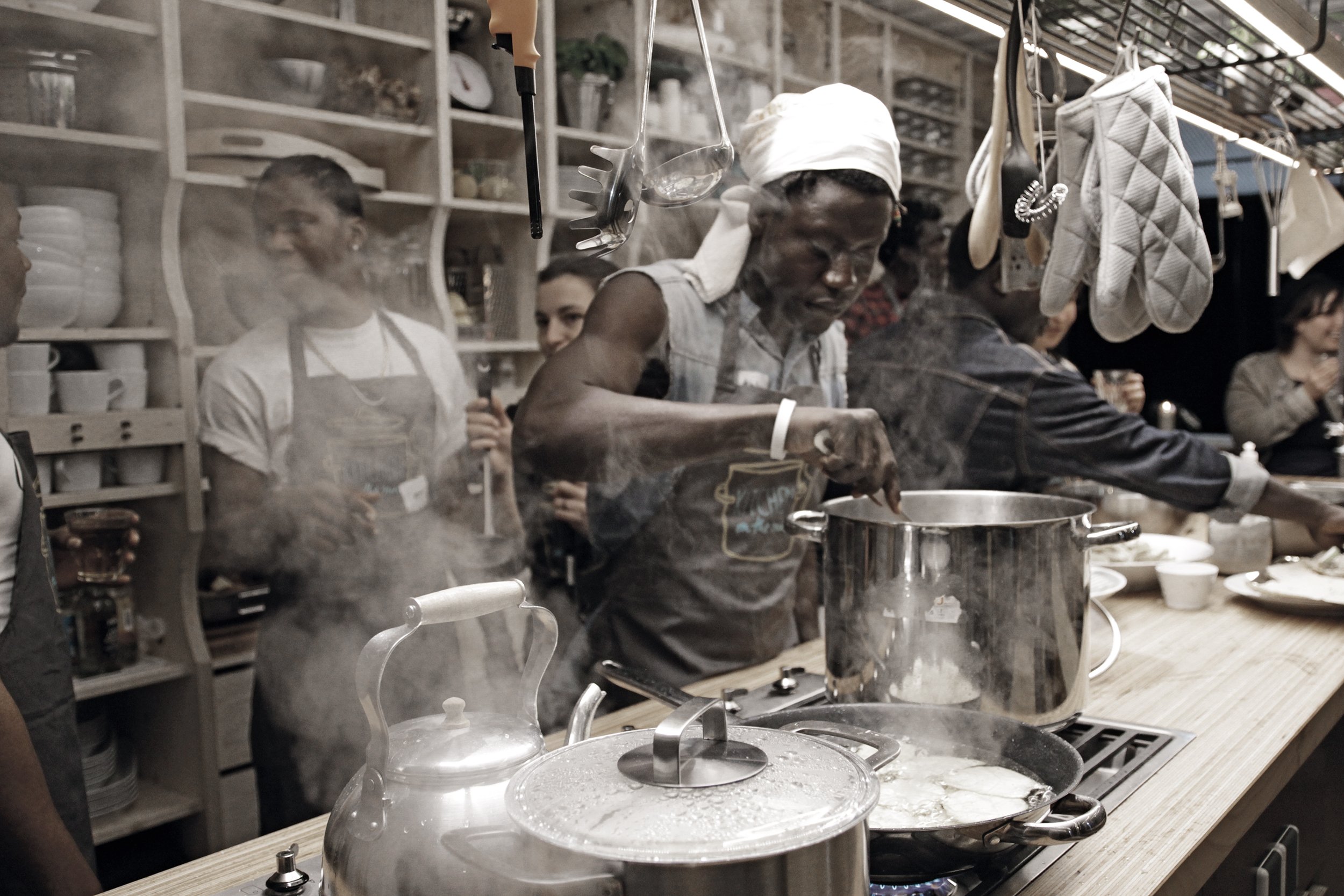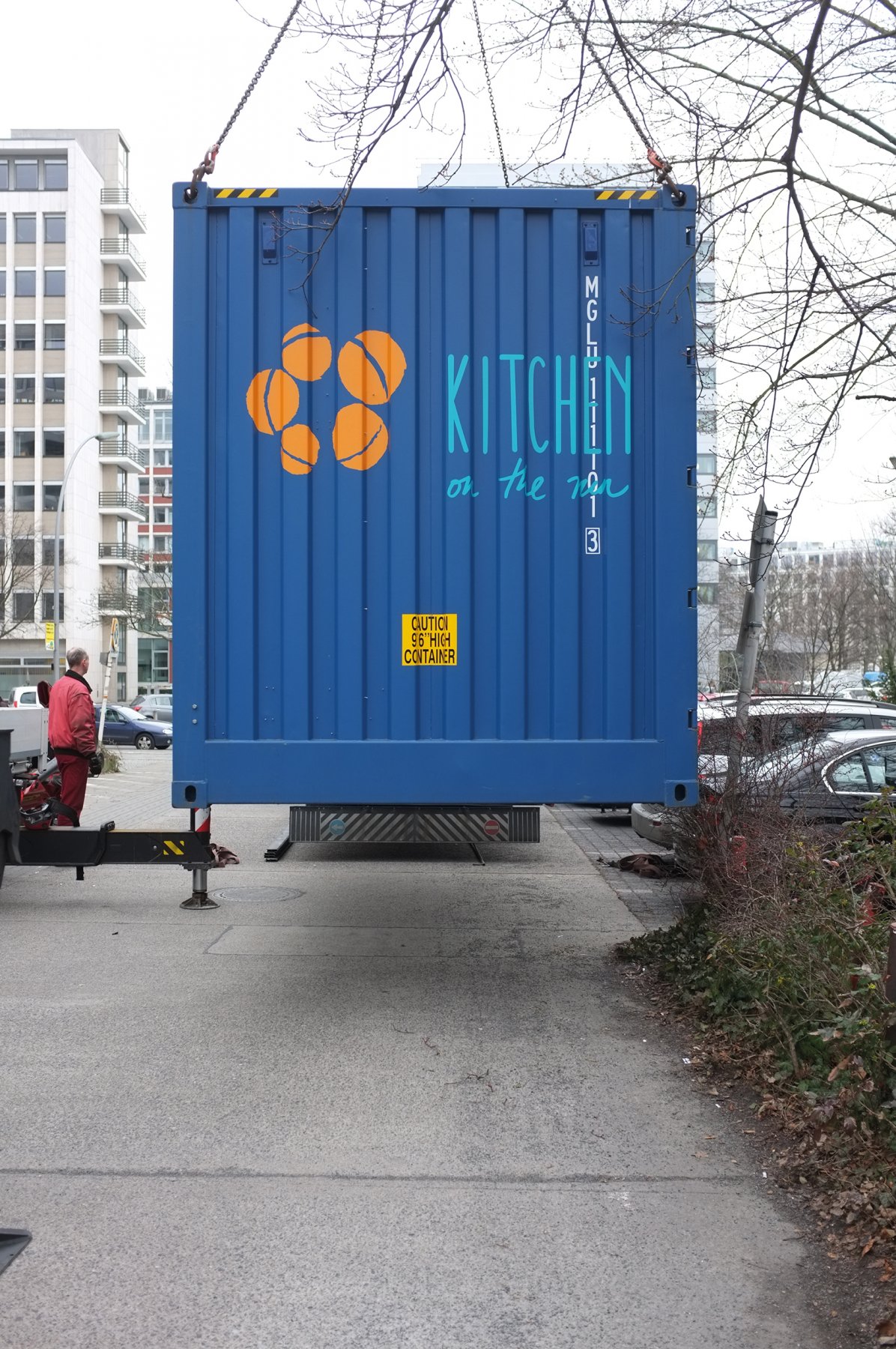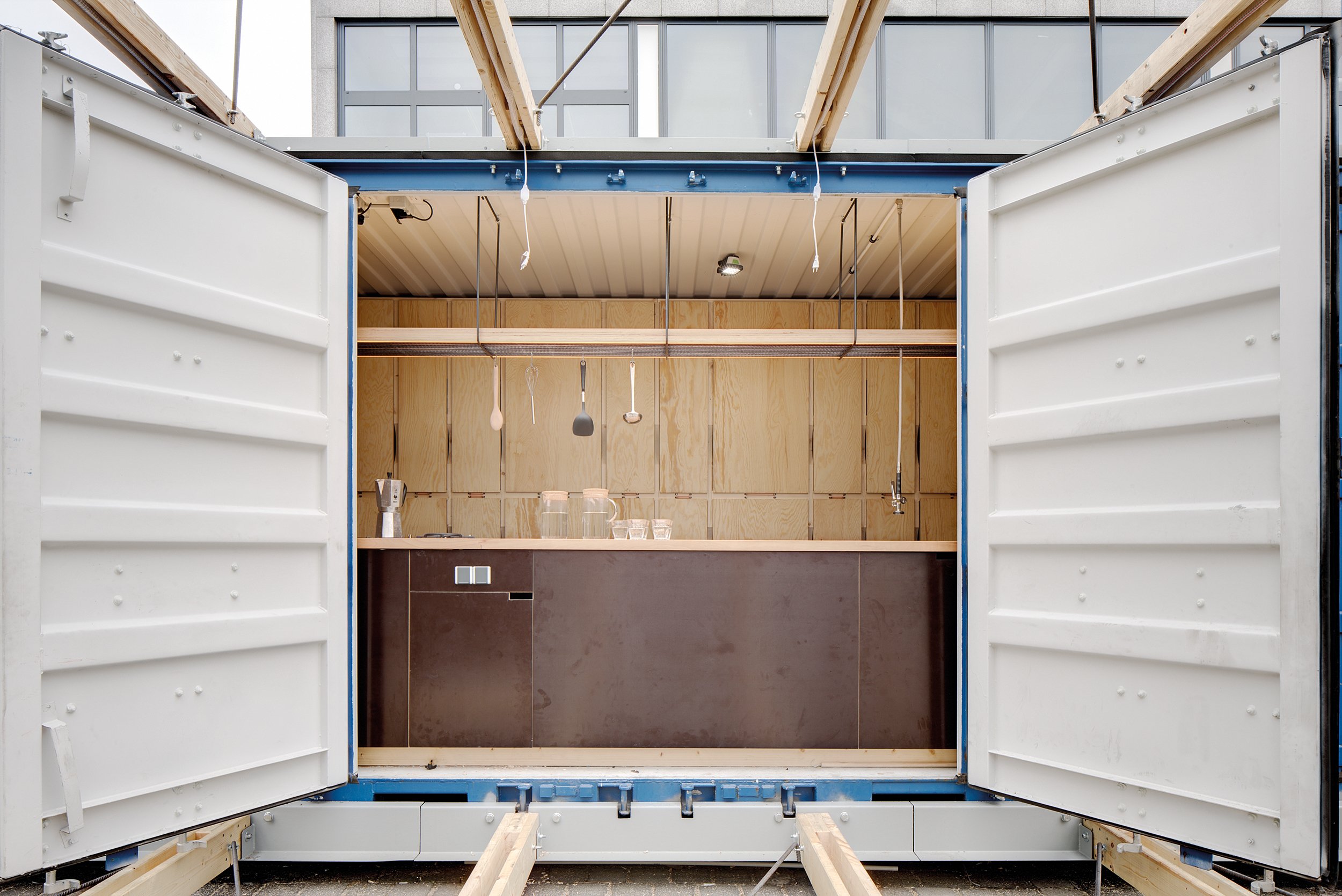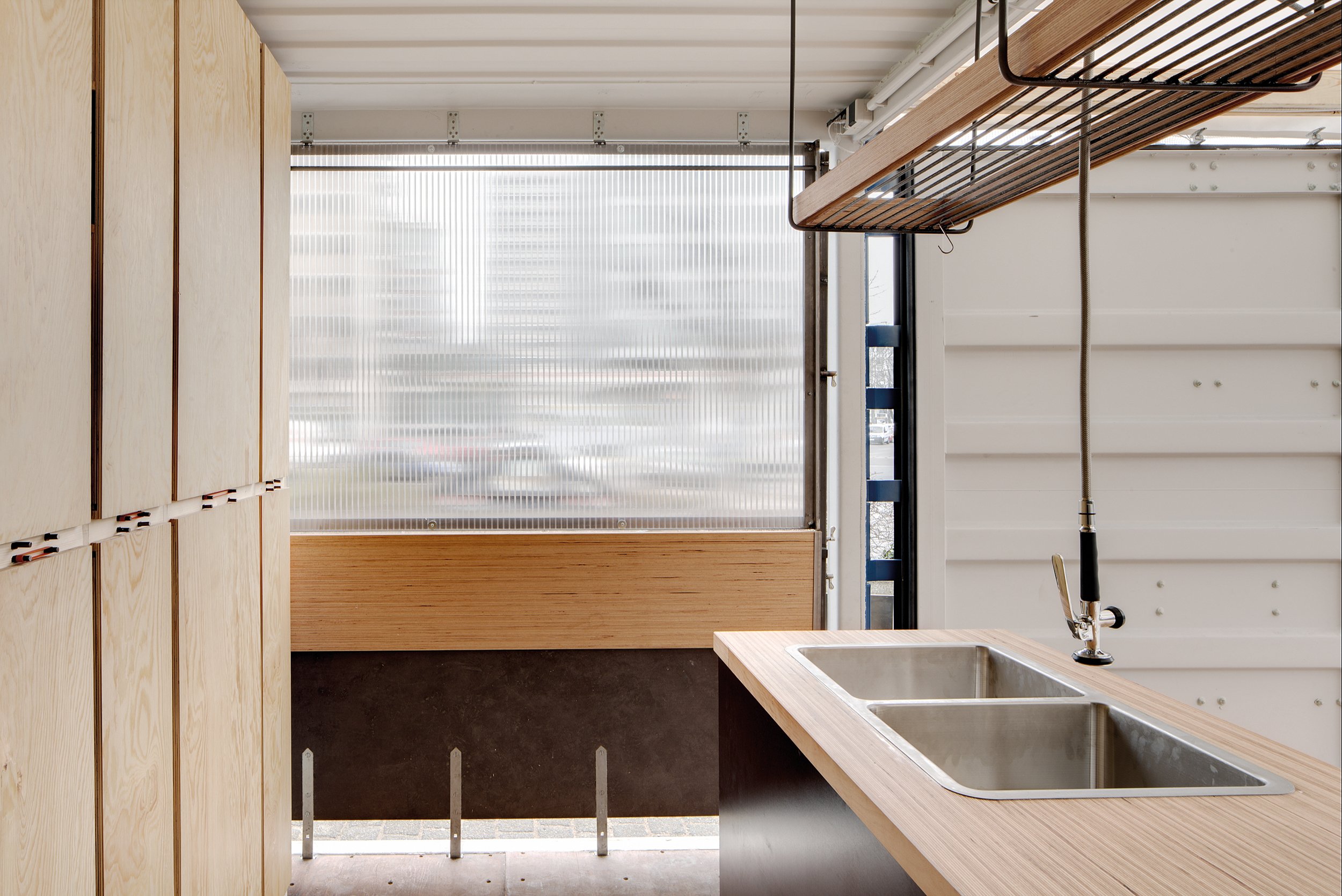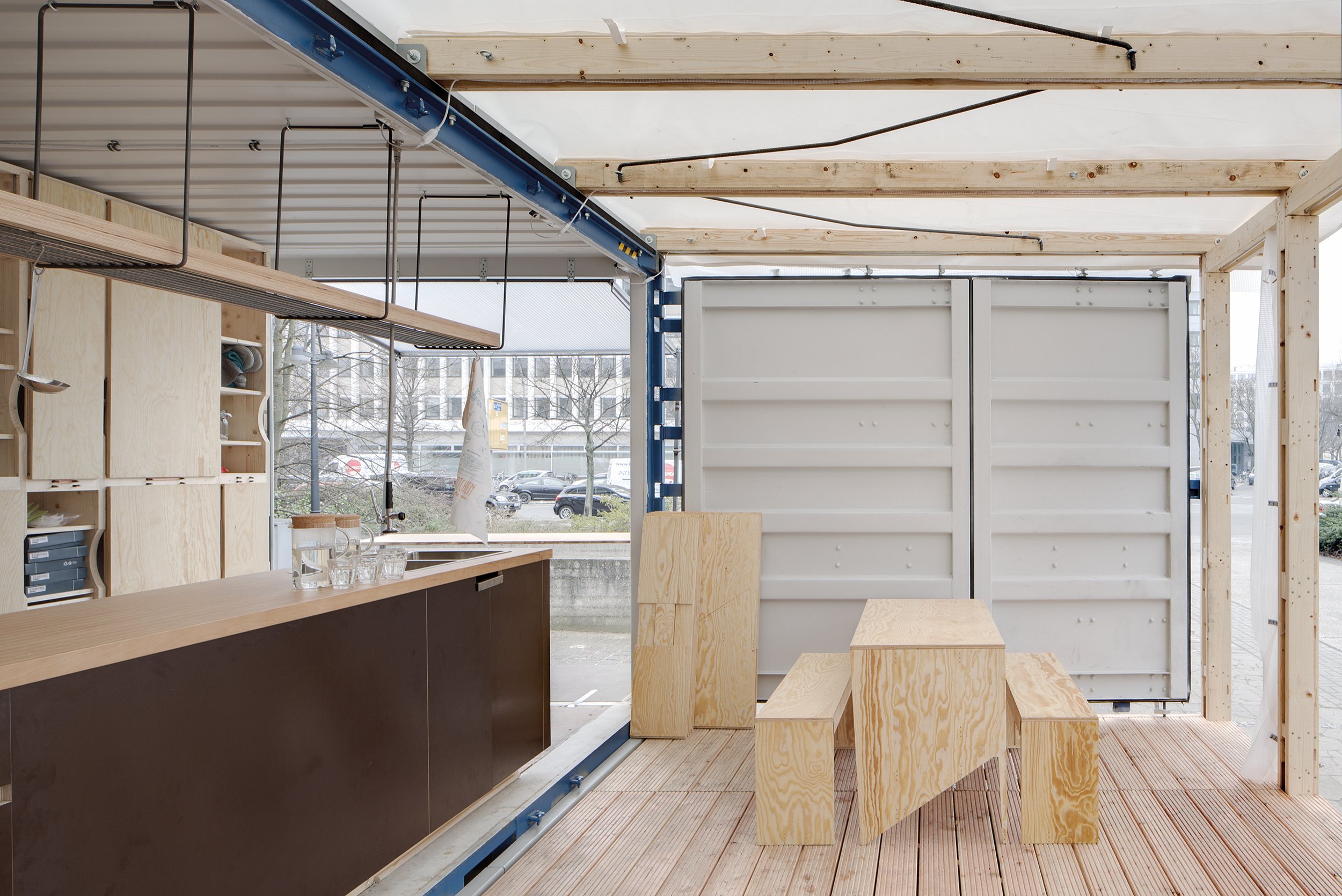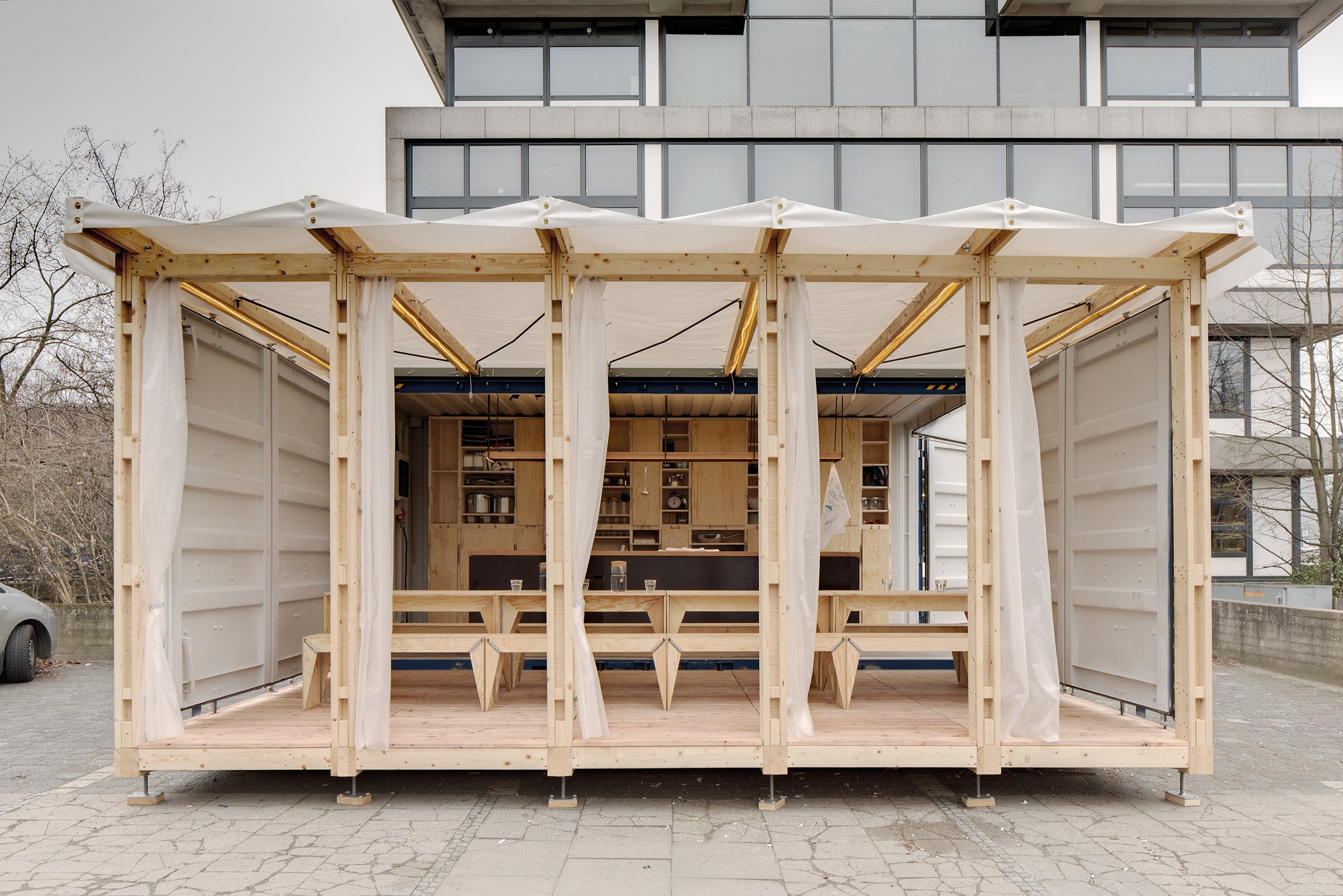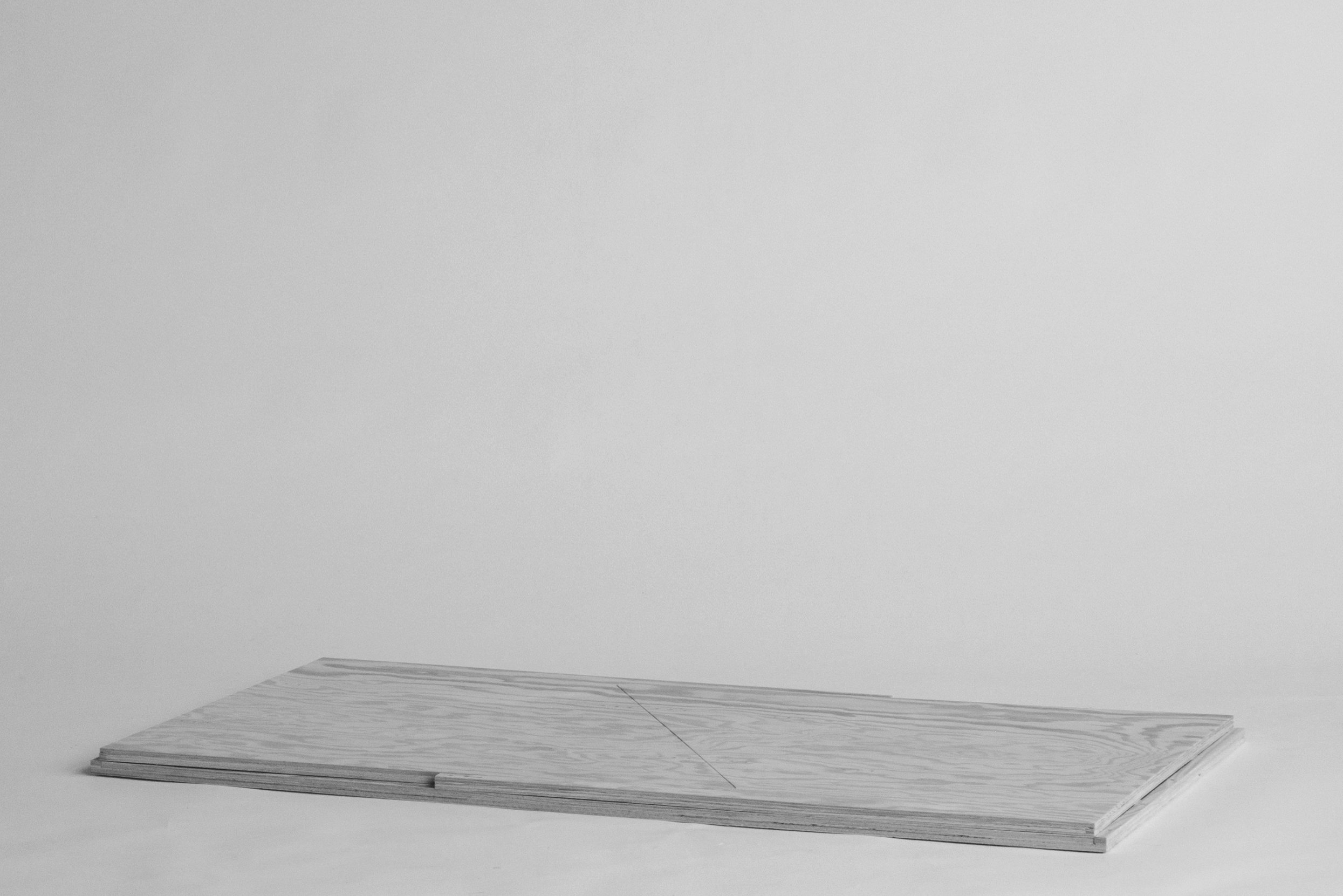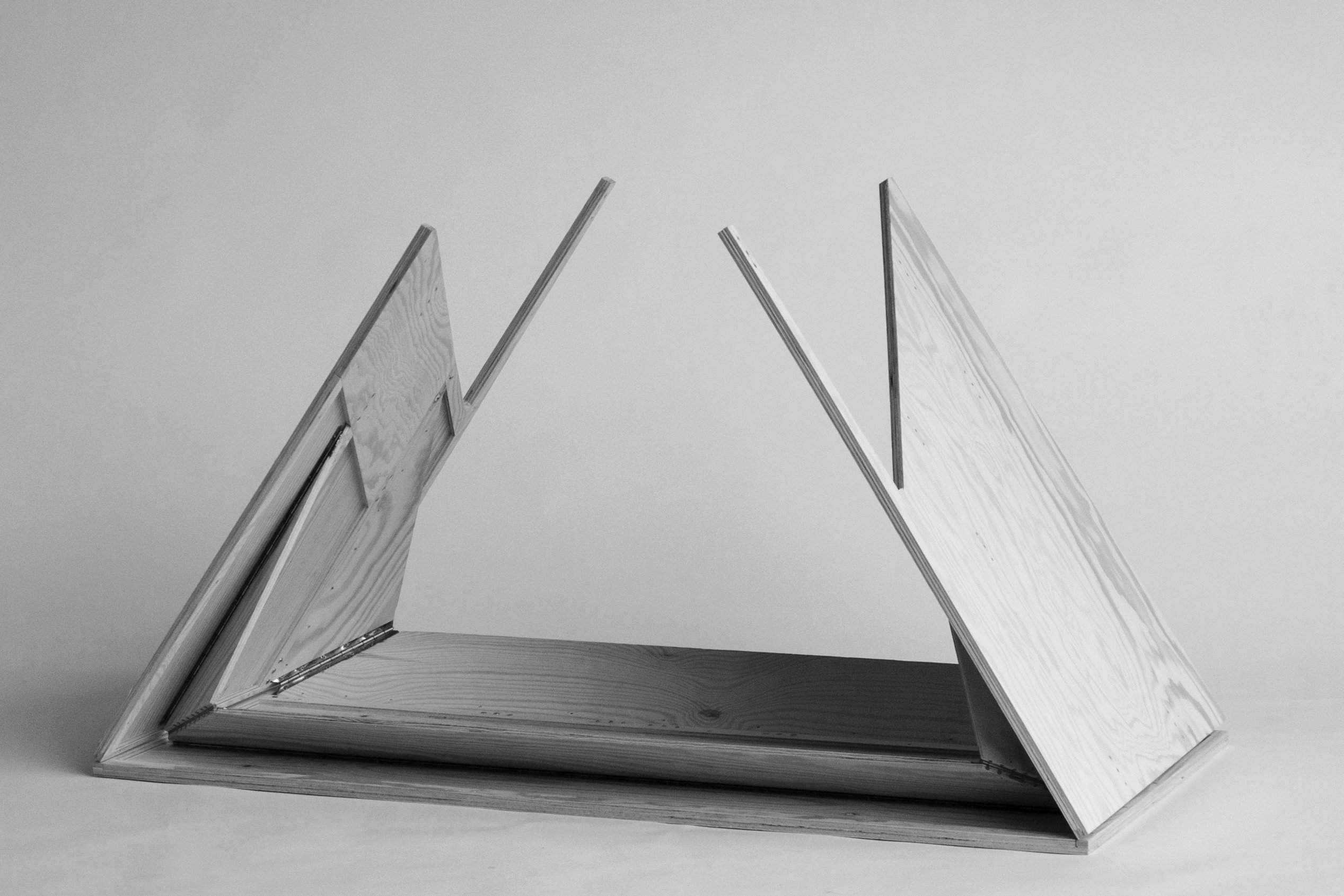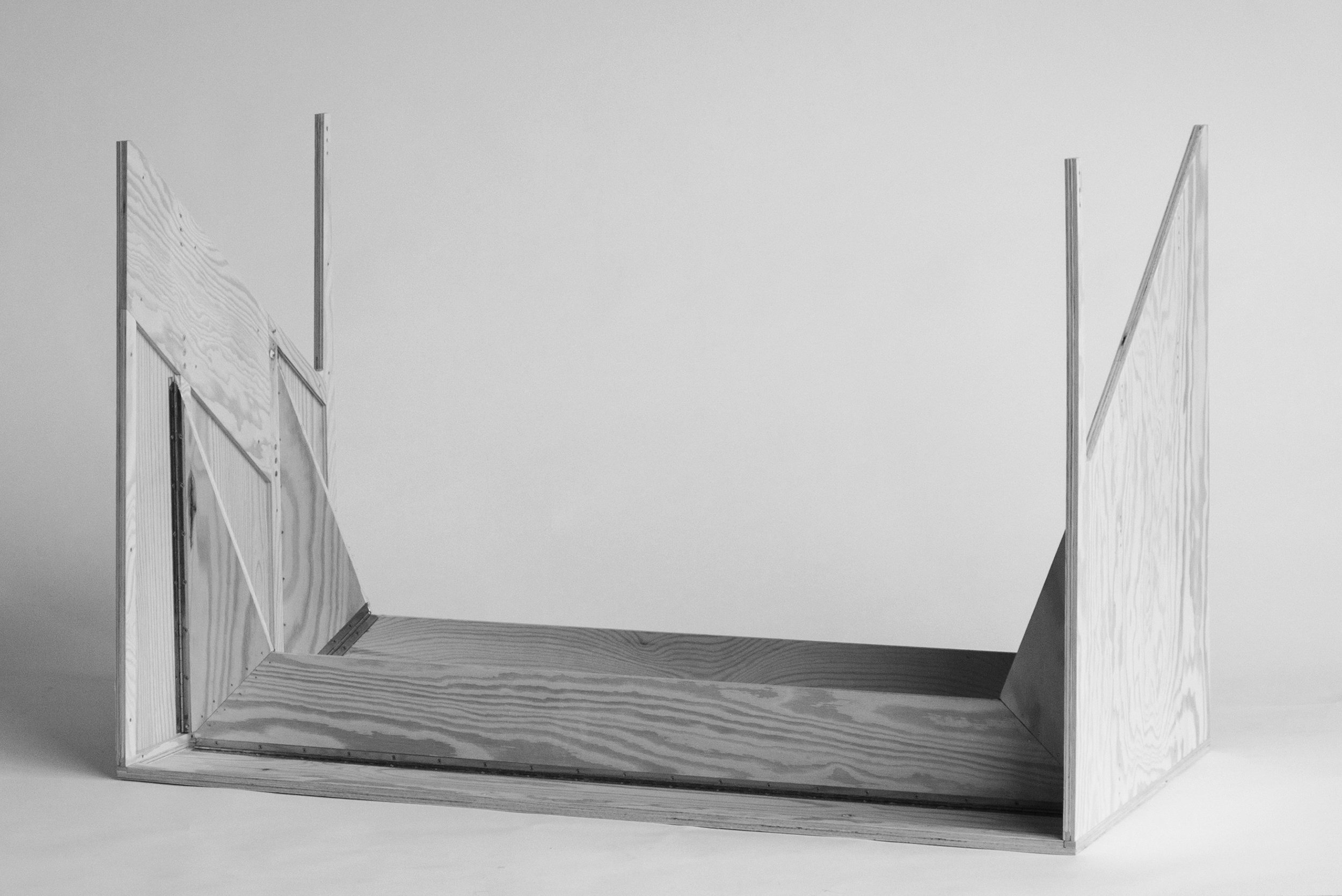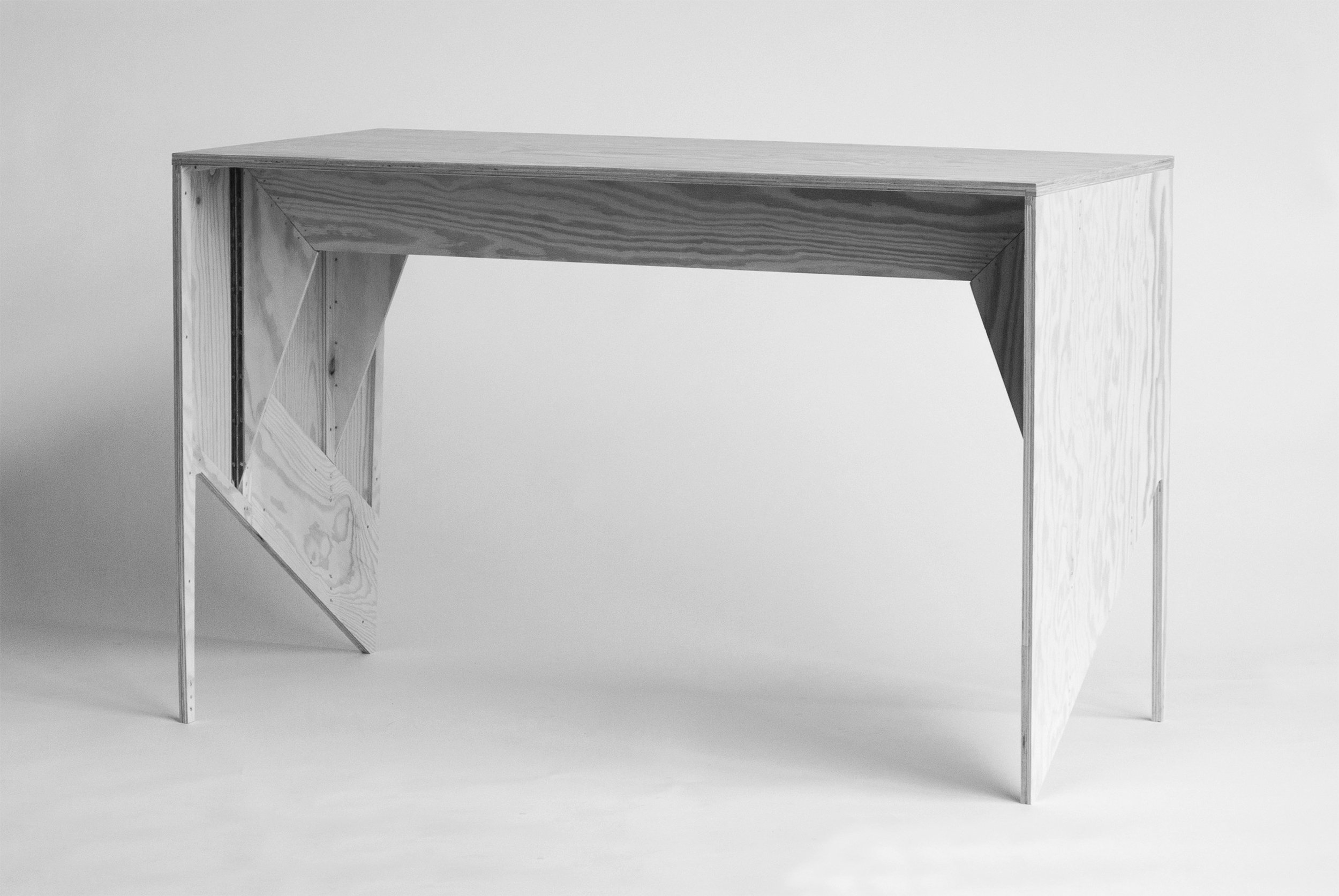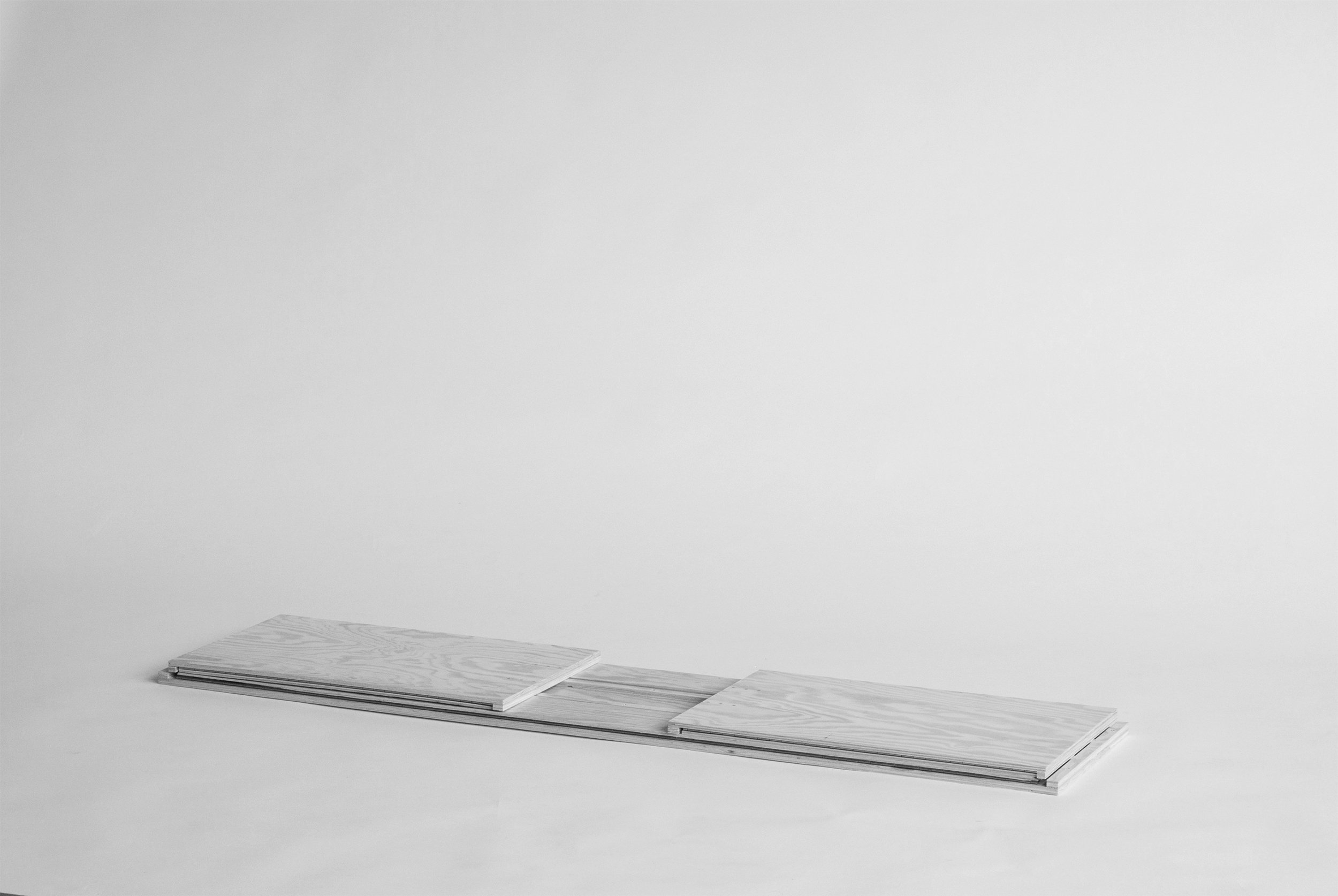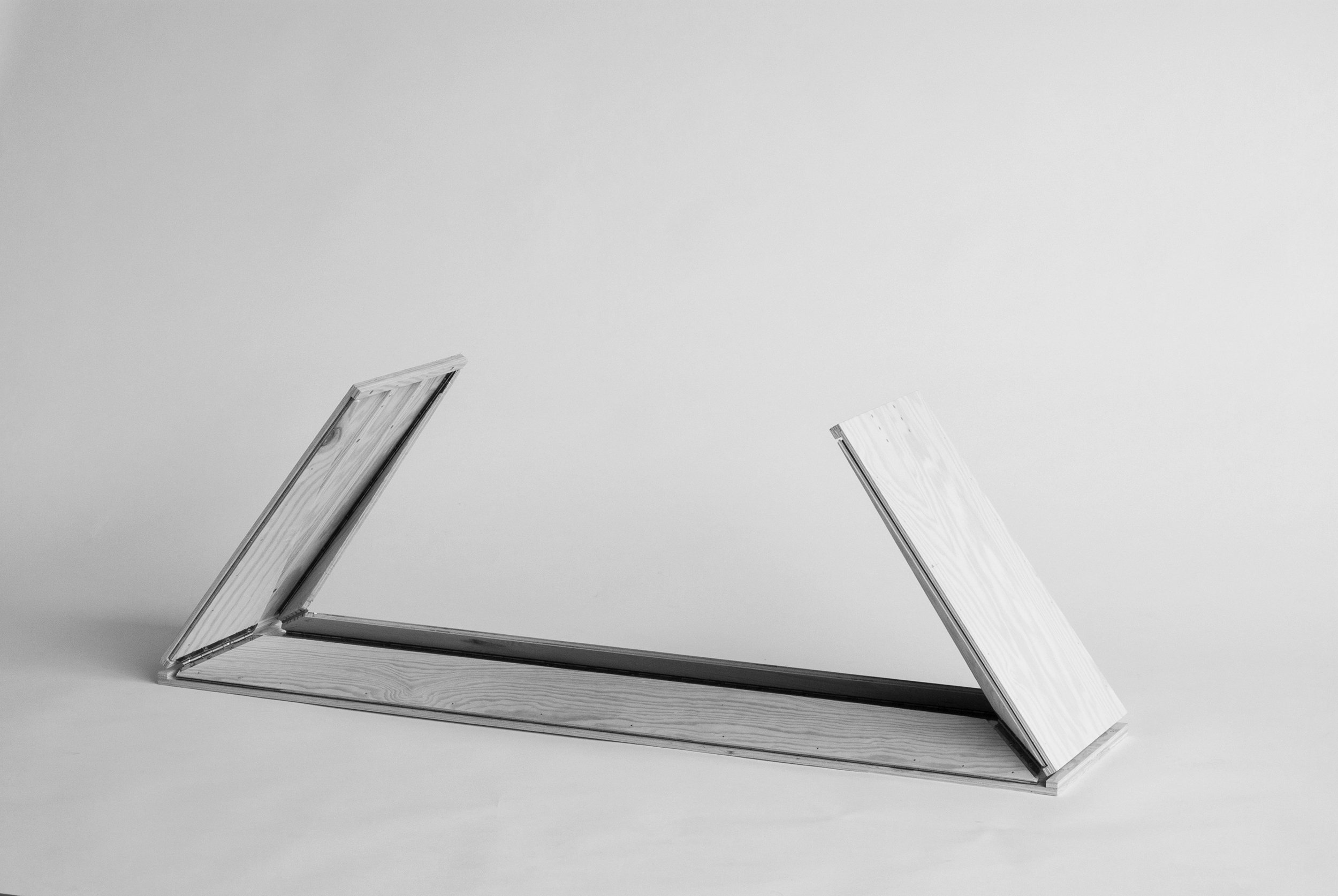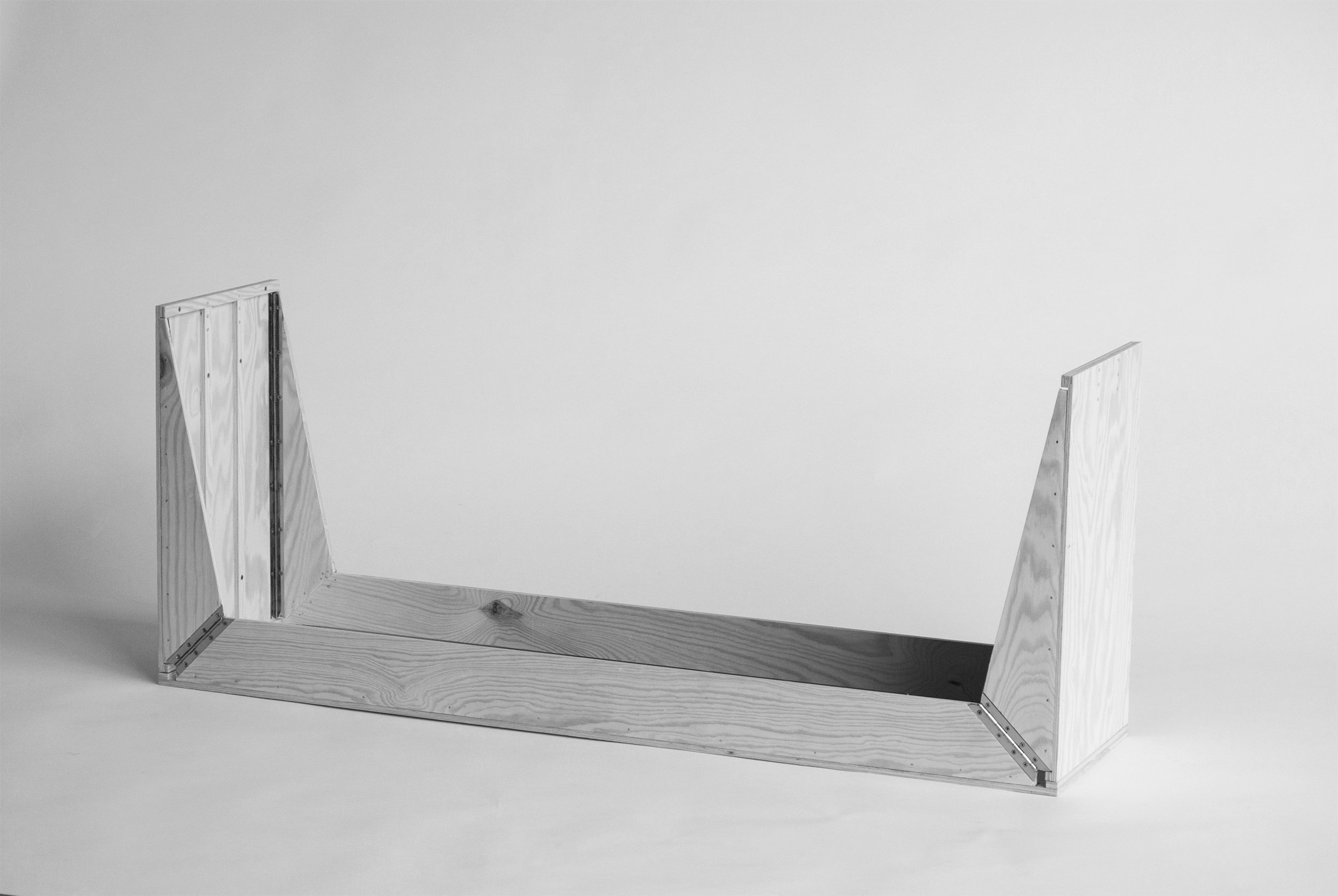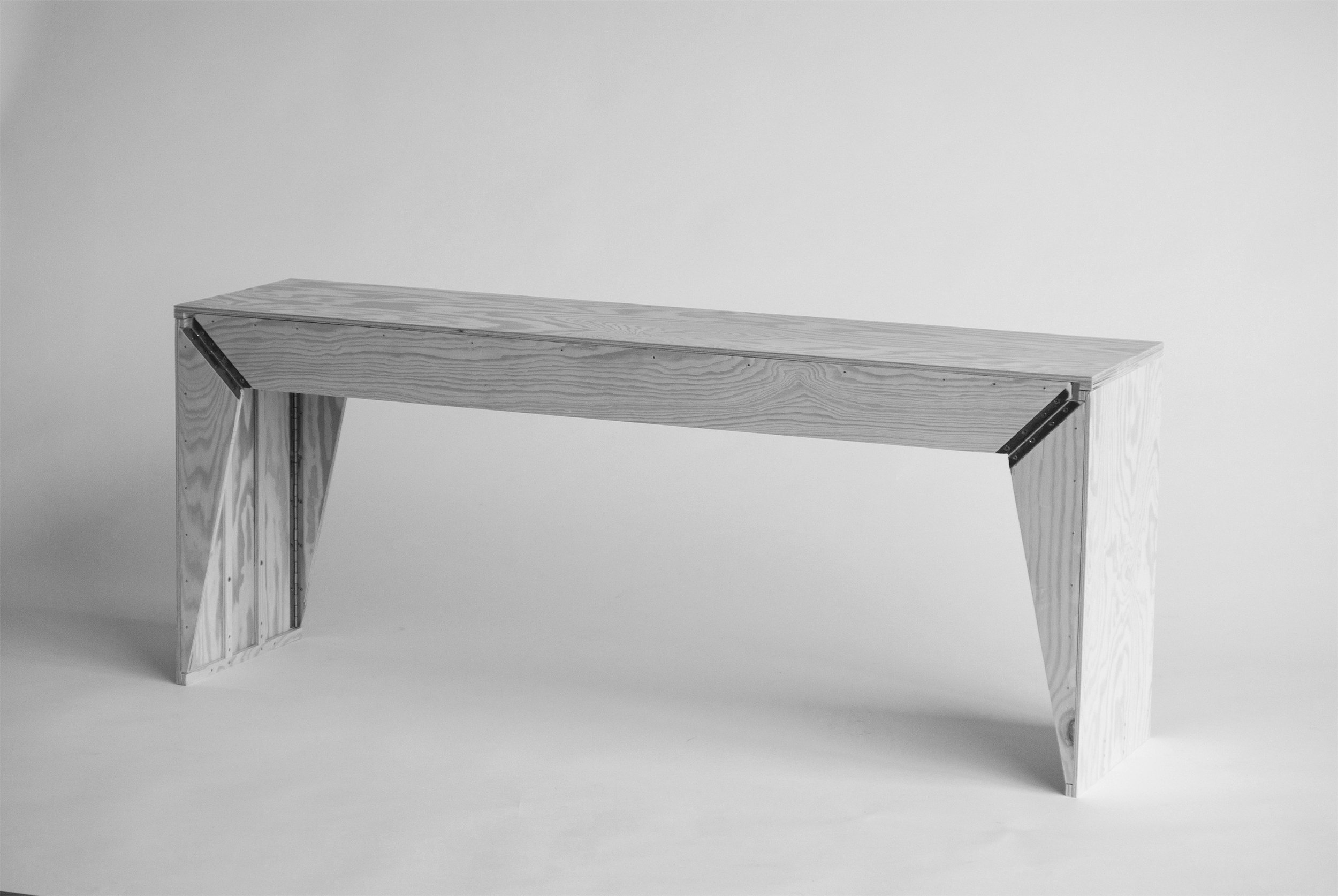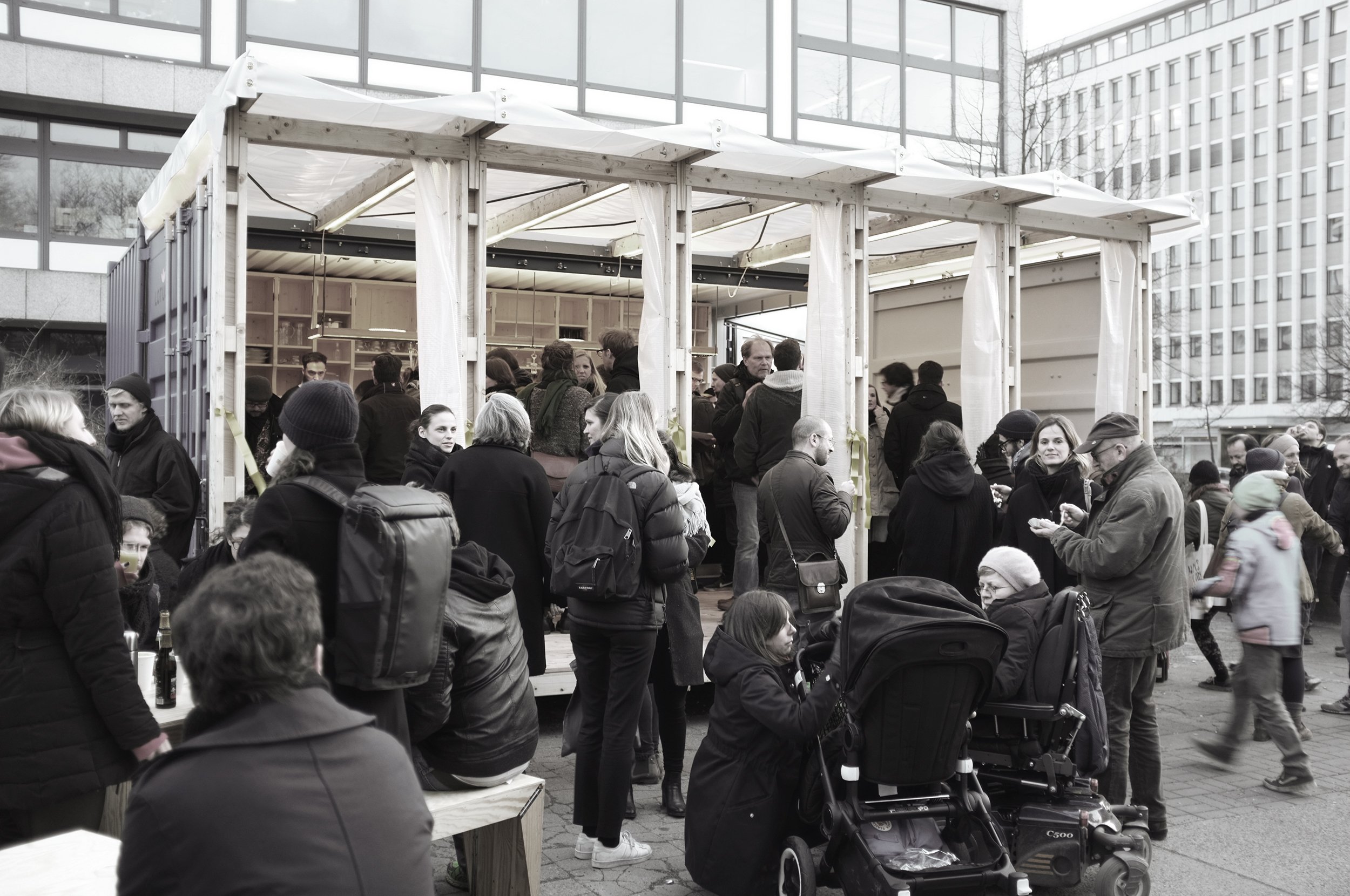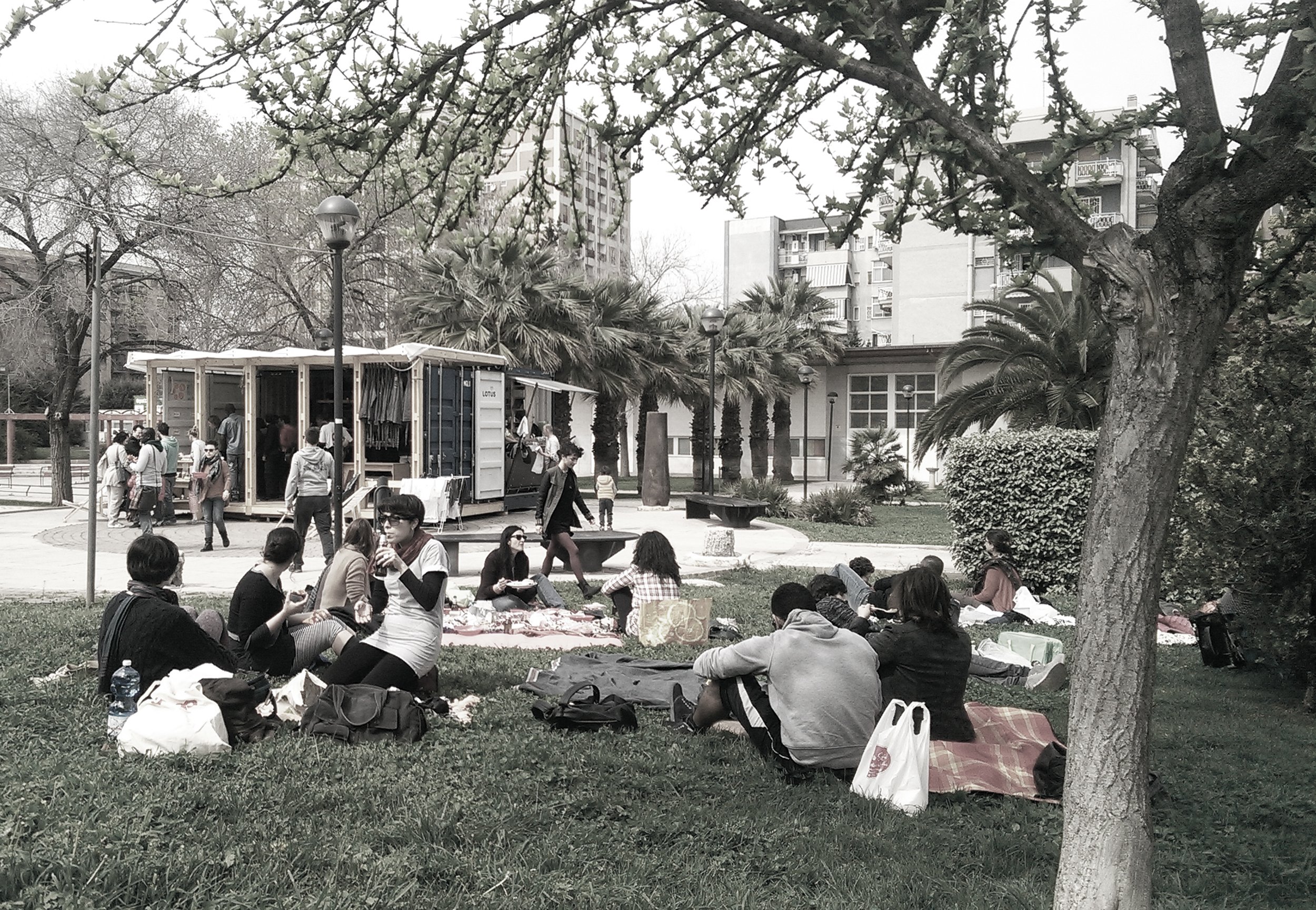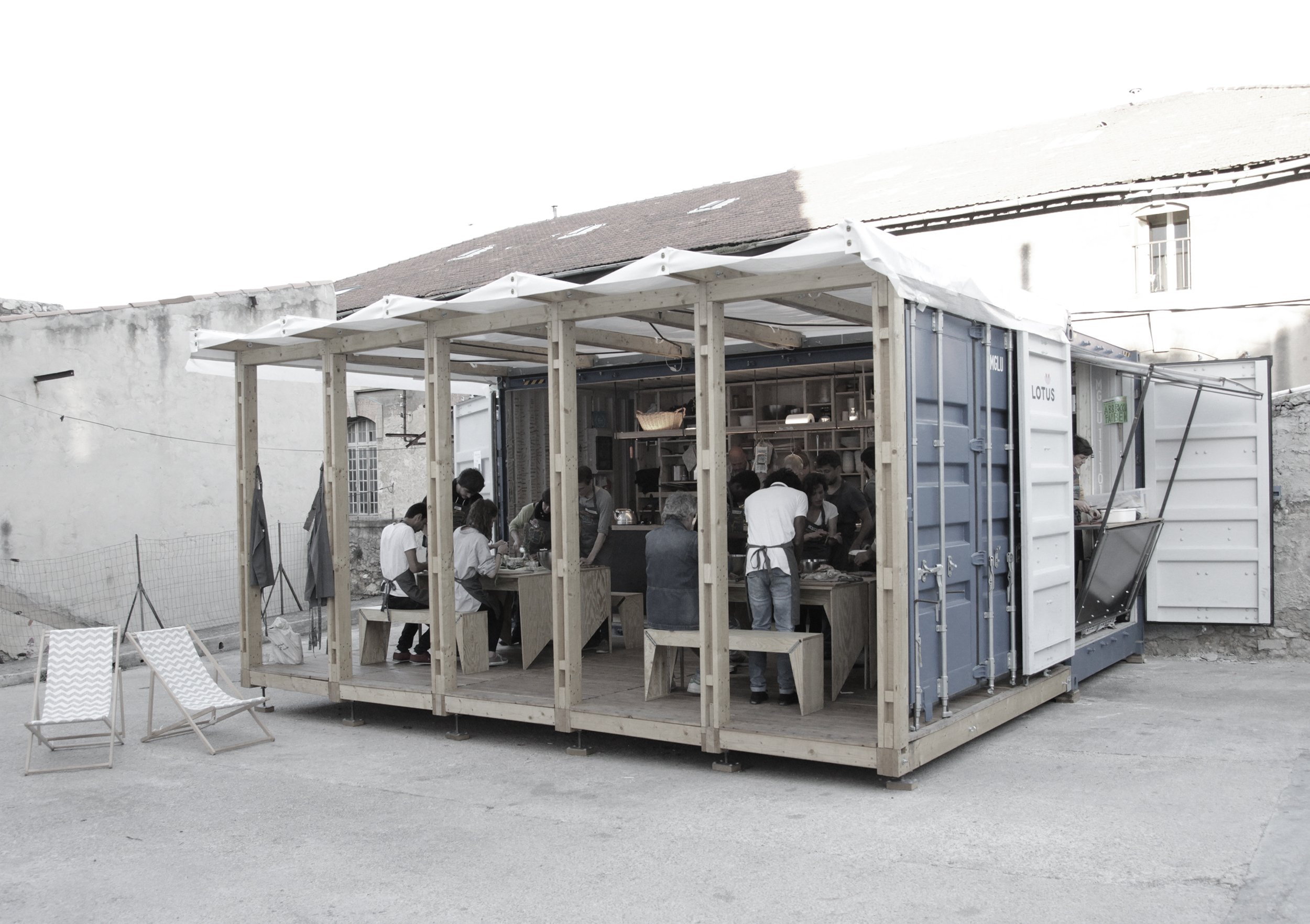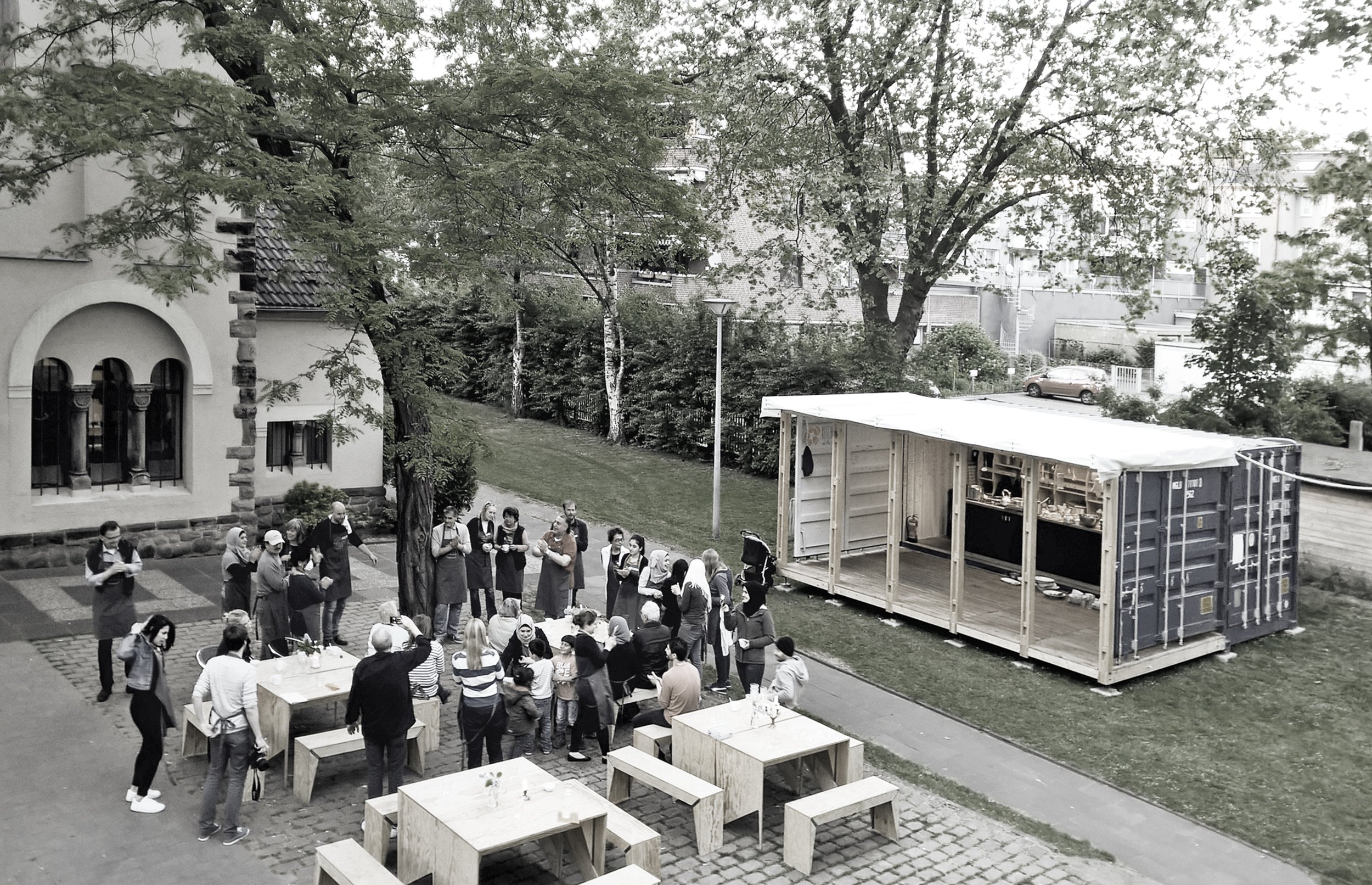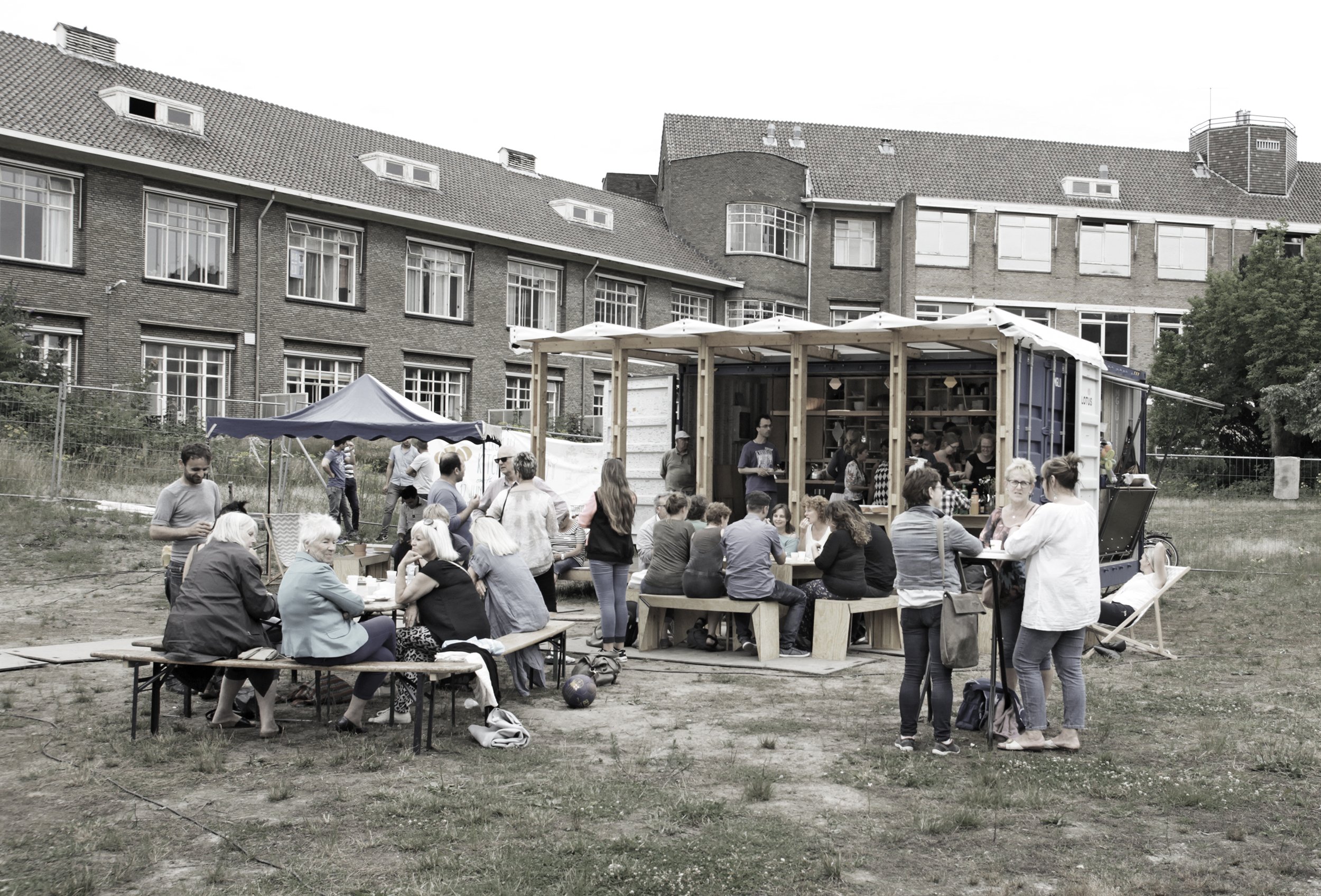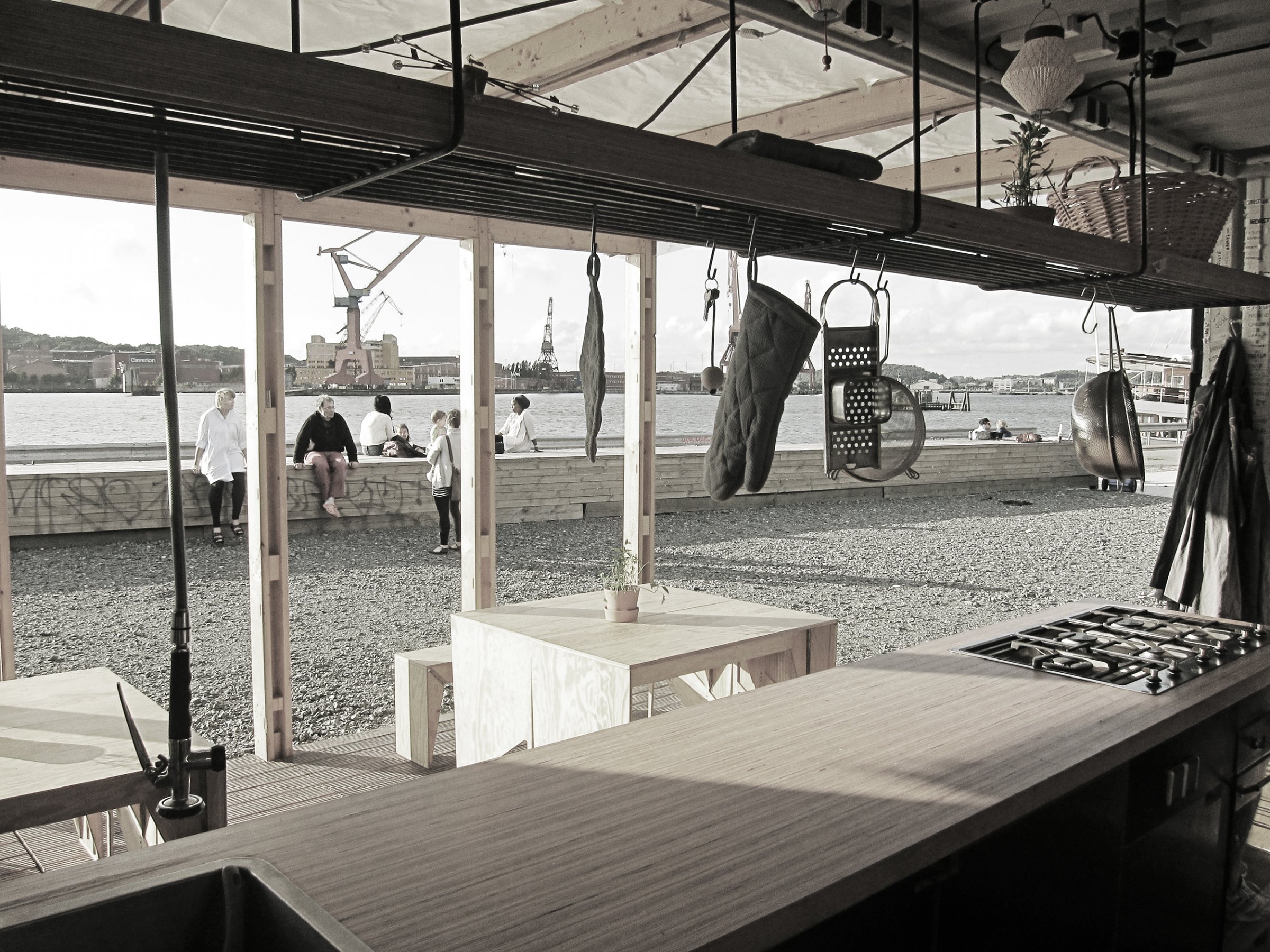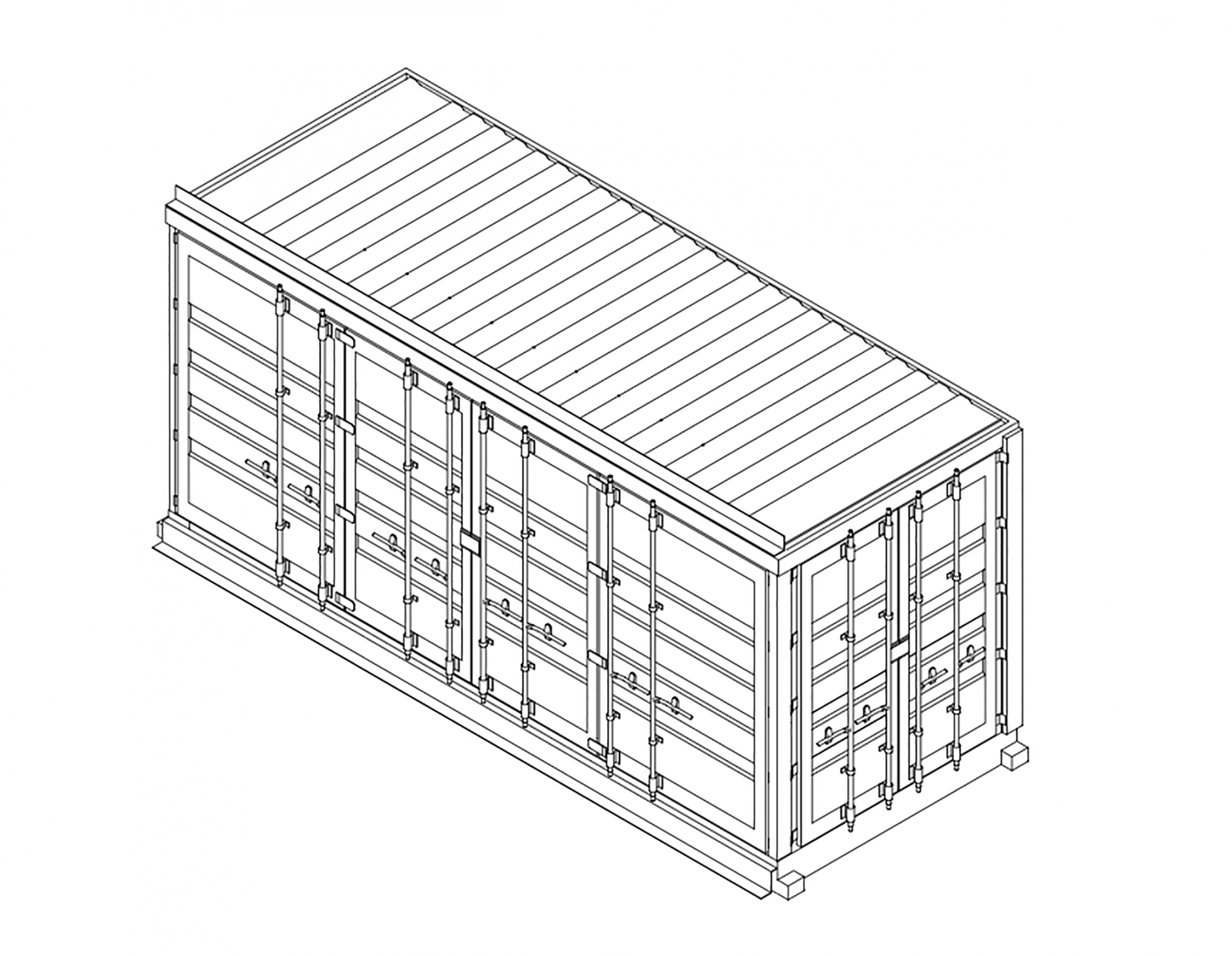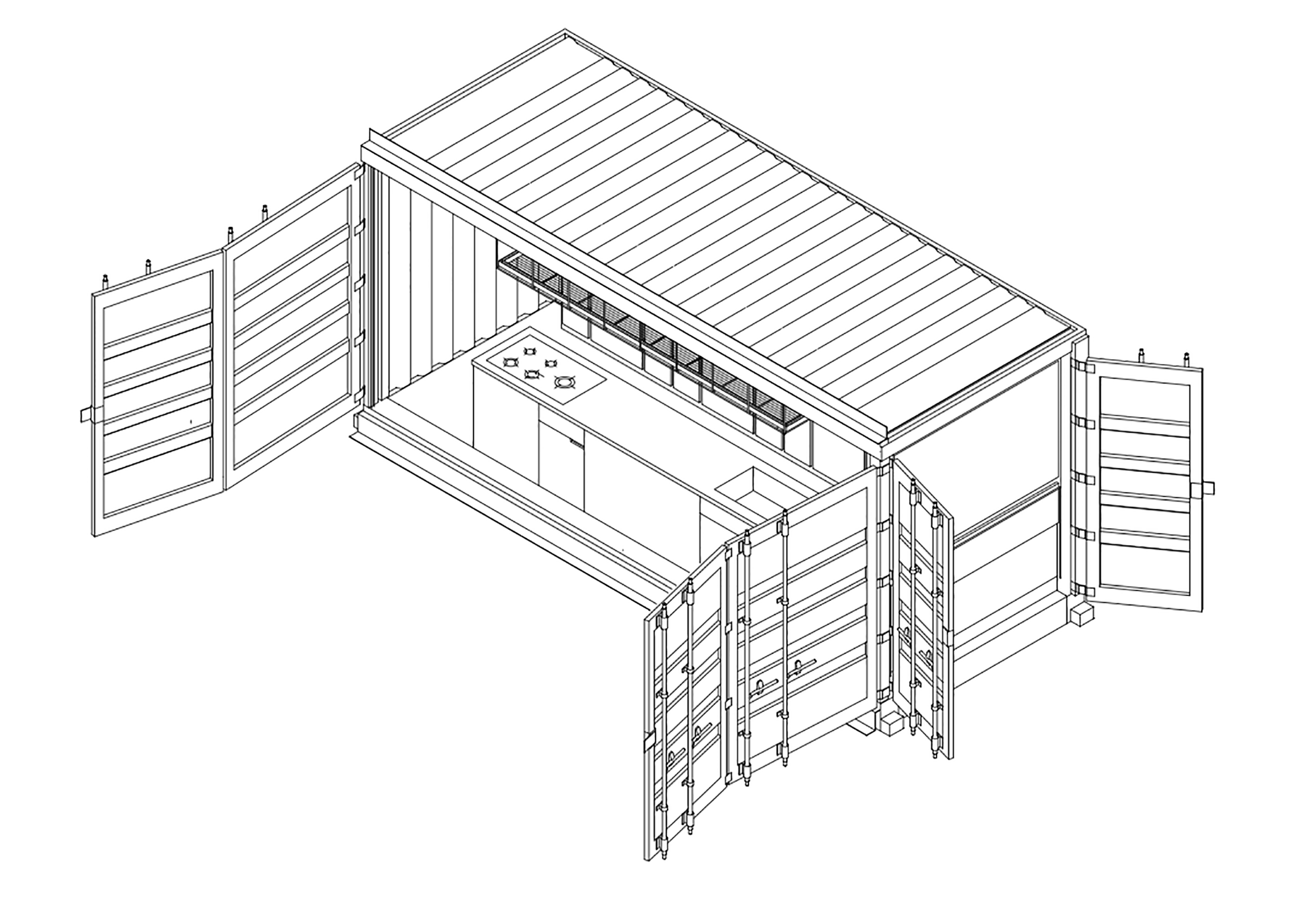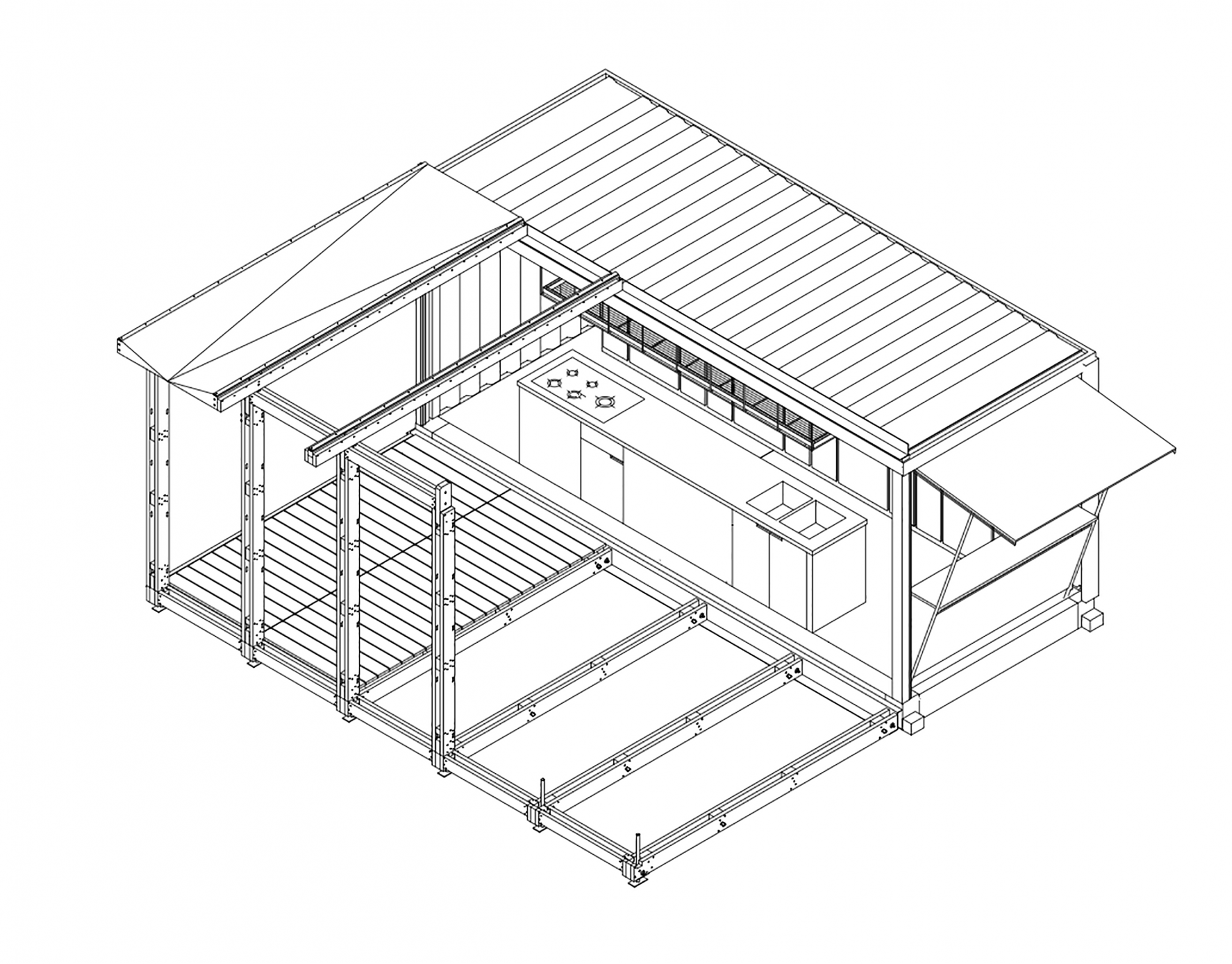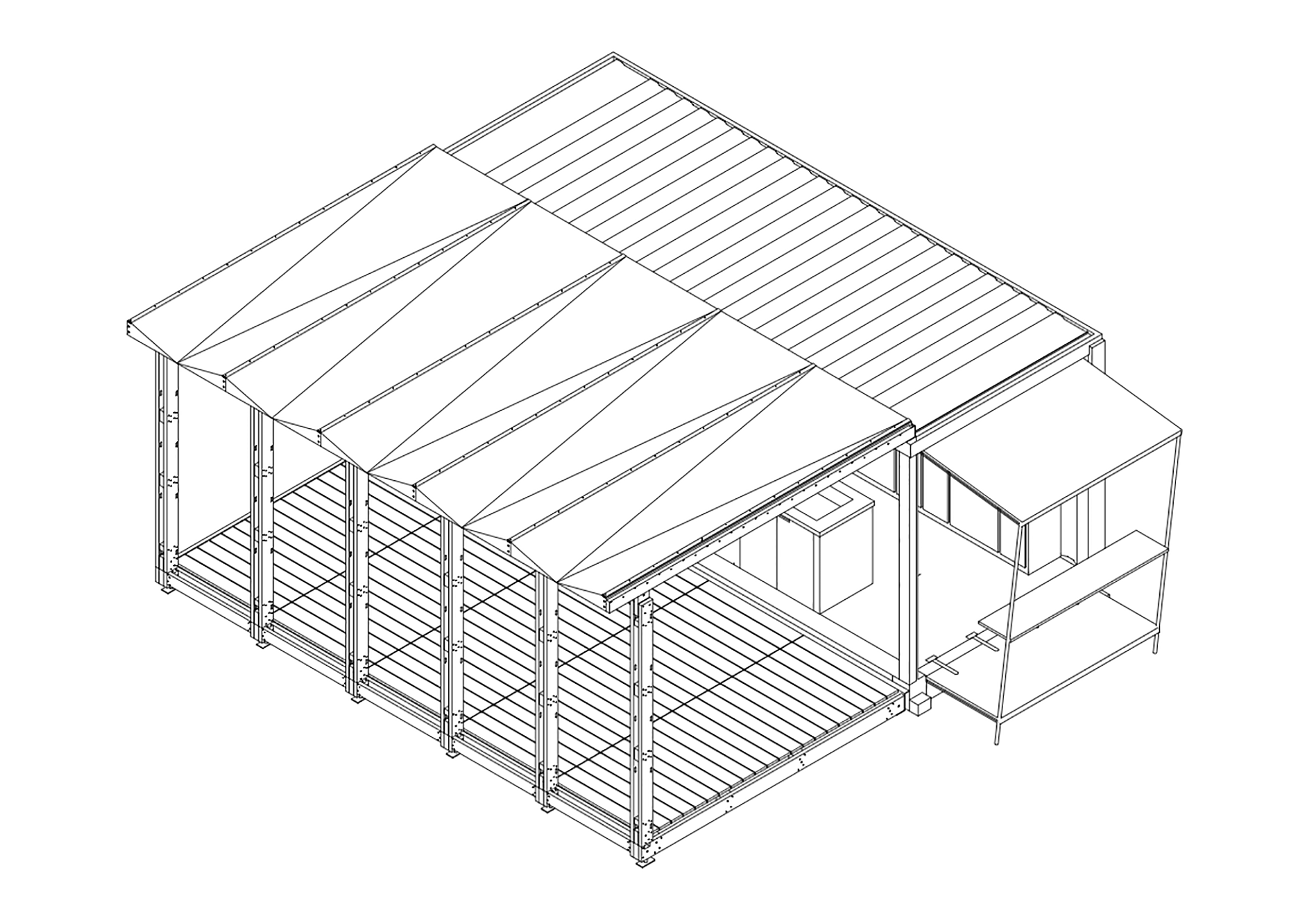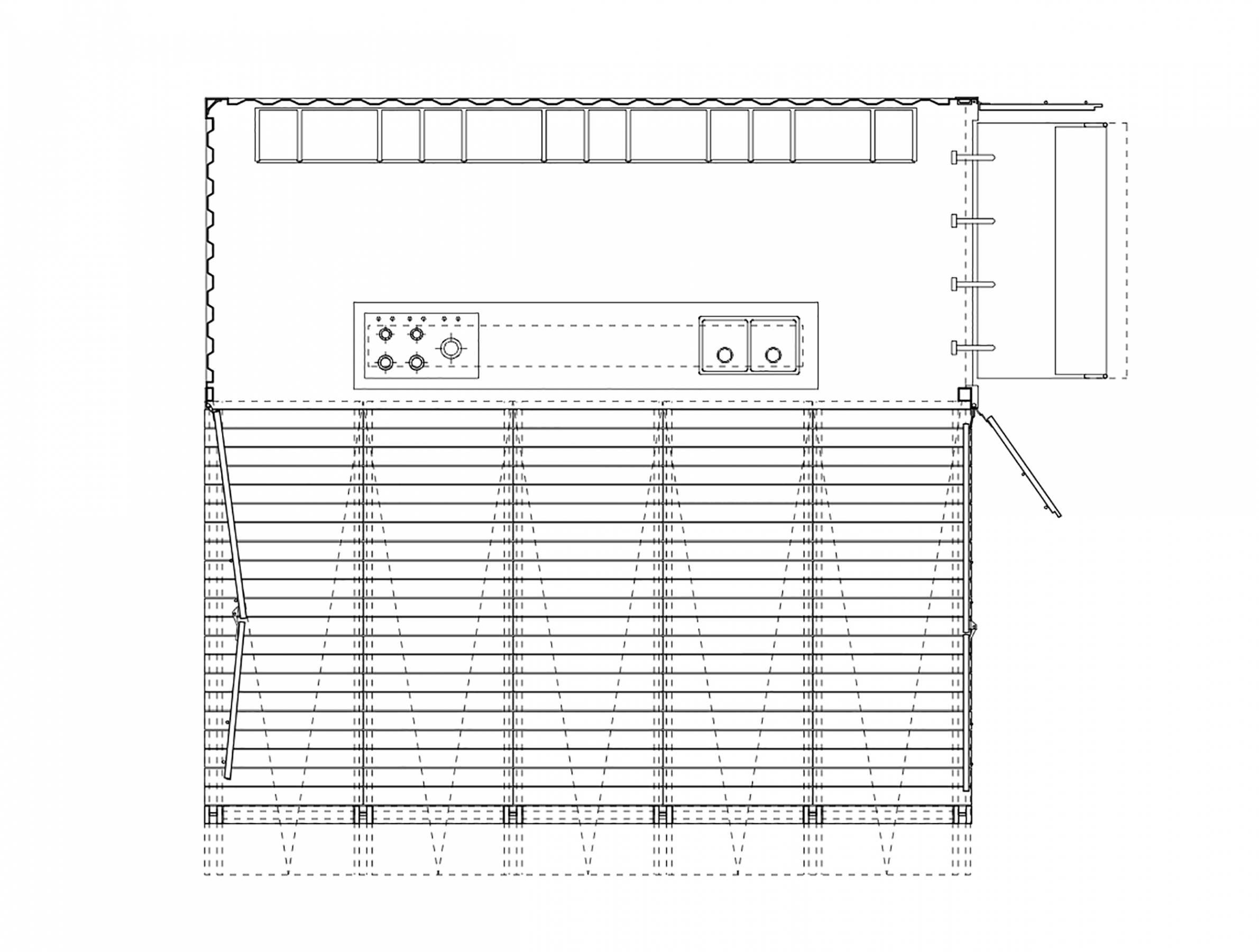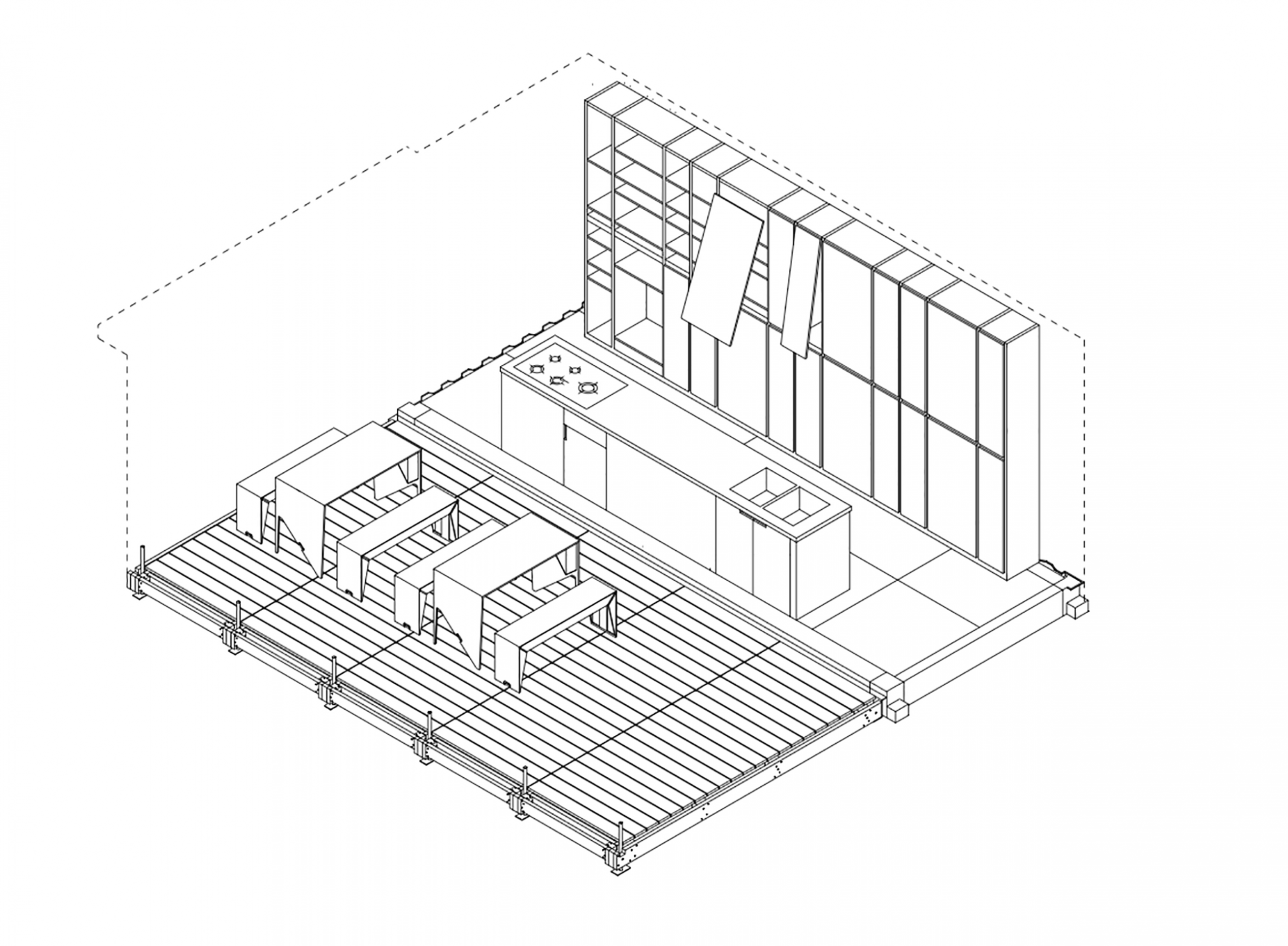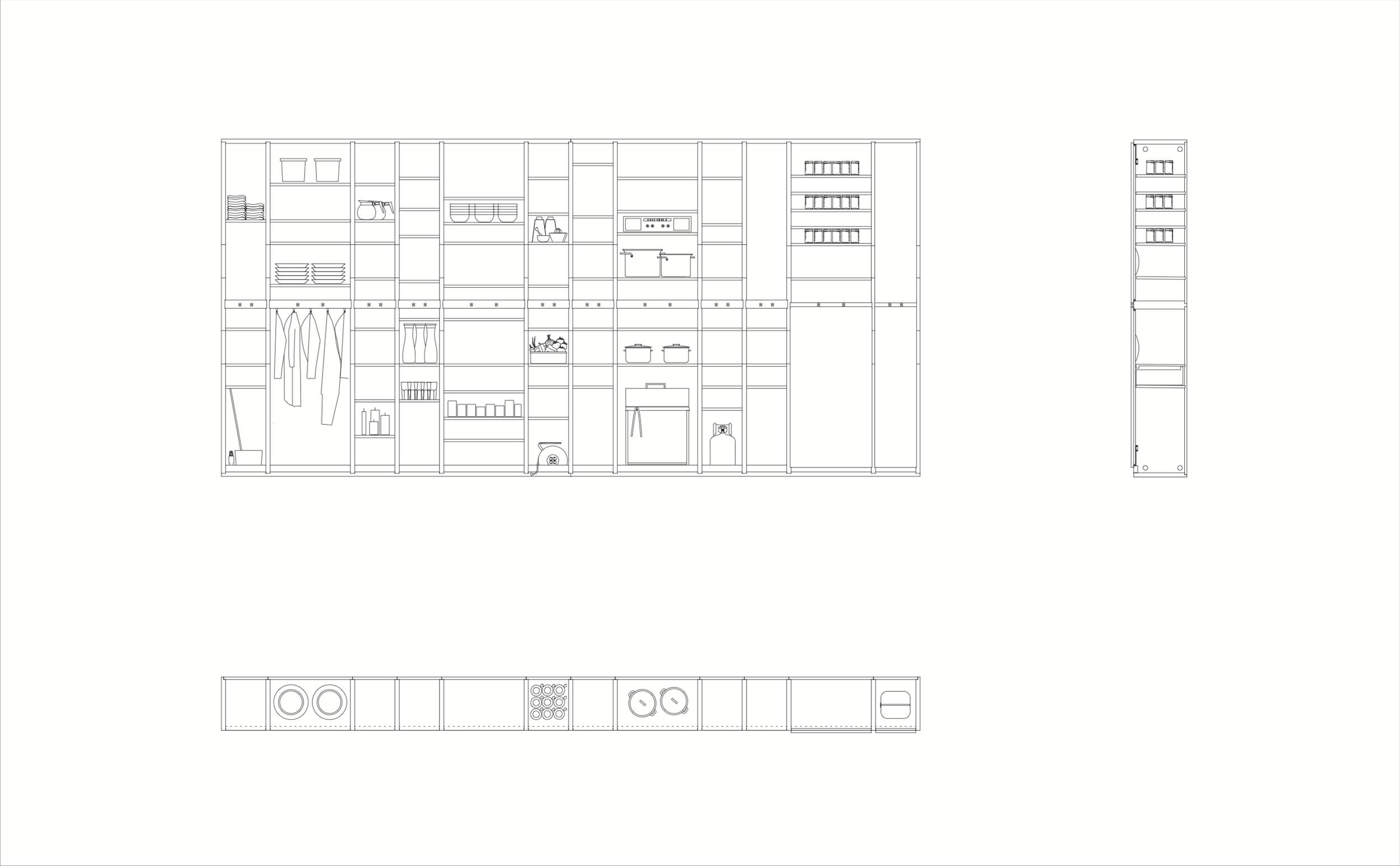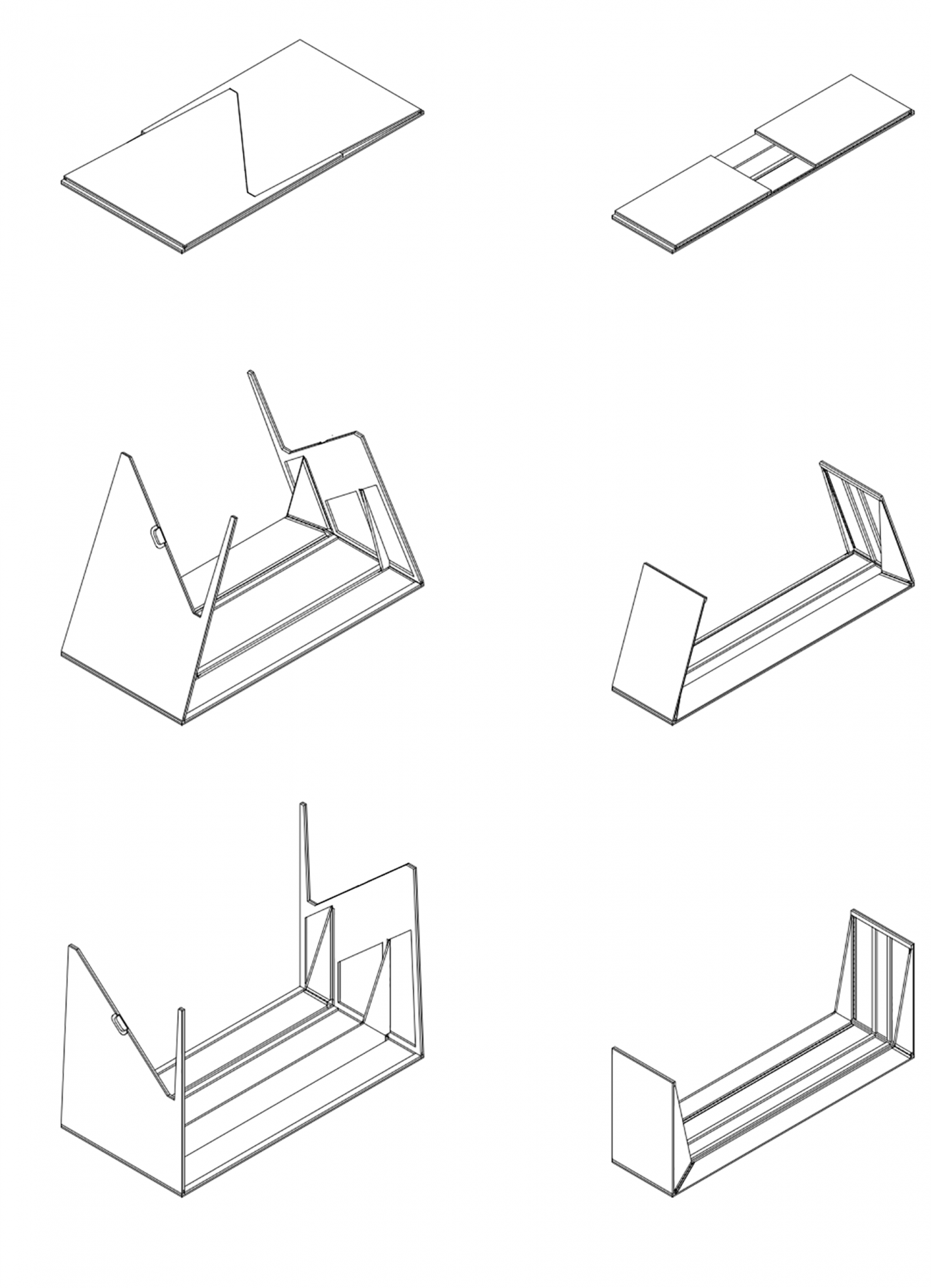Friendships are built at the kitchen table. We are deeply convinced of this idea because we have had experienced it so many times – on trips, during semesters abroad or when arriving in a new city. But what do people do, if they are on the run? If they don’t have a kitchen table anymore where they can eat with friends and new neighbours, share, tell stories and exchange recipes?
That is what Andreas Reinhard, Jule Schröder und Rabea Haß asked theirselves in spring, 2015 when more and more refugees were arriving in Germany and initiated the project Kitchen on the Run: a mobile kitchen in a container that could offer people on the run a cosy place to meet new neighbours for at least one evening. As one of the 10 winning projects of the Advocate Europe idea challenge the mobile kitchen was travelling in 2016 for five months from Berlin via Bari in Italy, Marseille in France, Duisburg in Germany, Deventer in the Netherlands to Gothenburg in Sweden to offer refugees and locals a place for encounters through cooking events.
The Kitchen on the Run team contacted our Chair to transform a typical shipping container into a mobile kitchen: besides a functioning cooking area, a space for community cooking and dining was required. The construction had to be designed so that it could be built by two to three people in a single day. It was also important that everything would function reliably during the half-year journey, and that potential damages could be easily repaired.
In a seminar competition the most compelling strategies were extracted and conclusively combined into a master plan in collaboration with all students. It took eighteen weeks from the first drafts to realization. The aim of the semester was to convey the complexity of designing and building.
Working on a project from concept development to realization allowed the students to face the central questions of a building process combined with the core of architectural thinking. They learned how to work with various stakeholders within a tight schedule and a limited budget. This “learning by doing” approach presented the students with real-life limitations and forced them to develop new design solutions with simple materials. The realization phase showed that communication is the crucial tool in a building process for both the users and for the construction team.
Seeing the process through from start to finish promoted craftsmanship and planning skills, and allowed the students to understand designing and building as tools for construction research.
The heart of the design is a kitchen that is accessible from all sides when the container is opened, so that several people can cook together. A suspension of round-steel above the kitchen island provides more storage space and facilities for lighting.
At the side door of the container, a “kiosk” can be folded in or out as required. The light steel construction provides two different expansion states. In the semi-open state, the up-folded floor acts as an information counter or bar. If the floor is unfolded, the table attached to the steel frame moves completely into the outdoor area and offers additional access to the container.
Floor-to-ceiling wooden shelving is placed at the back of the container. All dining and cooking dishes as well as working tools are stored in there. Light foldable tables and benches made of wood-based panels form the shelf front and the furniture in one.
The attachment of a skeleton construction to the long side of the container can be opened through folding doors and allows you to at least double the size of the actual usable area. This kind of plug-type construction can be built by two to three people, and is made of prefabricated pillars and girders with attached floor segments and slim steely bracing bands. The roof is made partly of prefabricated truck tarpaulins. They are carried in channel rails between the roof trusses. The essential roof pitch is created by the three-dimensional folding of the tarpaulins.
The journey
Berlin – construction phase.
It all started here: in a parking lot in front of the Technical University of Berlin. The container was delivered just before Christmas, 2015. By its departure on March 11th, 2016, it had undergone a full makeover into what it is today: a fully functional and utterly cozy kitchen.
Bari – 15.03. – 09.04.2016
Parco Don Tonino Bello is a public park in northern uptown Bari, a city of 300,000 inhabitants located in the south of Italy. A few park benches had to be dismantled with a jackhammer in order to move the kitchen container into the park but it was definitely worth it: cooking and eating could be enjoyed underneath palms surrounded by blooming trees and greenery. Already back in the 1990s, thousands of refugees from the Balkans made the long journey by sea to leave their countries behind, and landed in Bari. Today, about 2,000 to 3,000 so-called “Lampedusa refugees” coming from across the Mediterranean Sea have been settled in camps outside the city centre.
Marseille – 13.04. – 07.05.2016
Comptoir de la Victorine is an area in the city district Belle de Mai. It is one of the poorest neighbourhoods in Europe and at the same time one of the most colourful ones in the already multicultural Marseille. With its 850,000 inhabitants, this place was far livelier and larger than any other Kitchen on the Run location. And so, the kitchen container found a temporary home in the yard and parking lot of a former match factory where several artists’ organizations operate their offices, and their workshop and rehearsal rooms.
Duisburg – 13.05. – 11. 06.2016
The Evangelical Church of Grace Duisburg-Neumühl is an idyllic green spot next to the town square, centred in a neighbourhood that is otherwise dominated by highways, mining and prefab buildings. The Neumühl district was formerly built close to a coalmine, and nowadays belongs to the problem suburbs of the 480,000-strong city of Duisburg. Nowhere else were we closer to the refugees: 2,000 refugees living in three different camps were within walking distance of our kitchen container.
Deventer – 16.6. – 10.07.2016
Deventer is a peaceful city on the river Ijssel with 100,000 inhabitants and was the smallest location of our trip. The kitchen container could stay in the Geertruidentuin, an open area in front of a former hospital in which start-ups are operating today. The special feature: volunteers organized a small festival with a traveling exhibition, a bouncy castle, a music tent and a football field around the kitchen container.
Göteborg – 16.7. – 07.8.2016
Masthuggskajen. The kitchen container’s temporary home was directly in the port of Gothenburg with a nice view over the water, surrounded by cranes and a small container colony nearby. The meaningful address: Emigrantvägen – Emigrant Way. Back in the late 19th century, thousands of Swedes started their journey from this area to the United States in the hope of a better life. While the refugee homes were situated in the suburbs, the kitchen container was within walking distance of Järntorget, a transport hub in the centre of Gothenburg.
